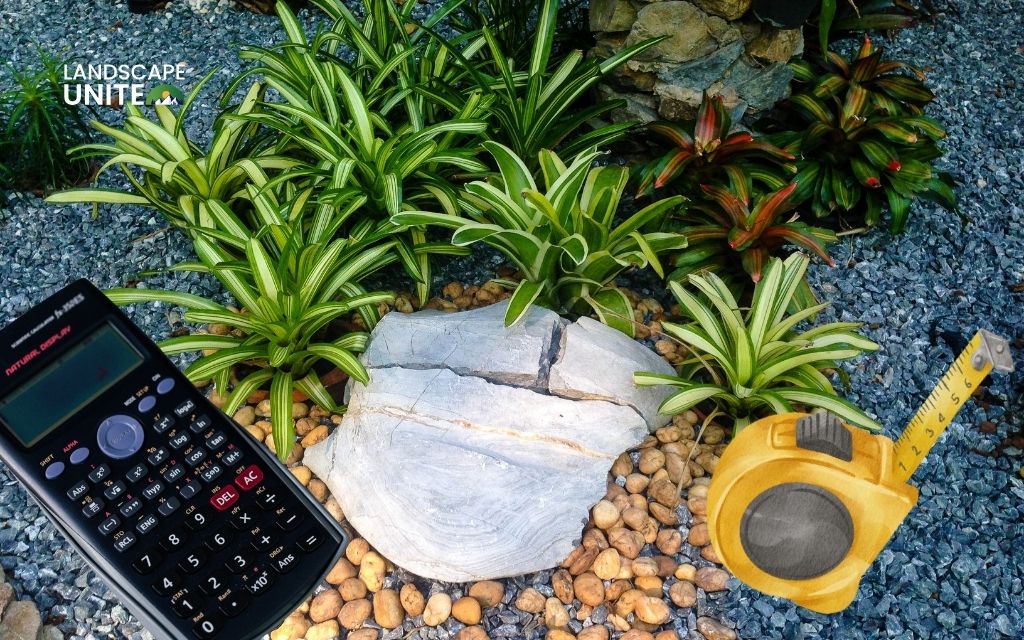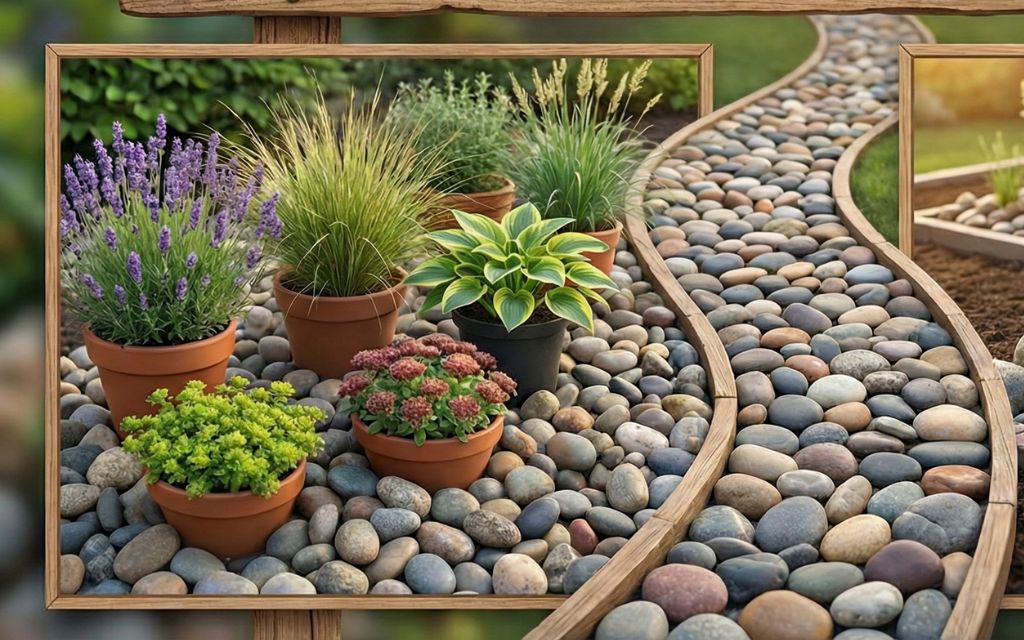Learning how to winterize plants properly isn’t just about protecting your investment – it’s about ensuring your garden rebounds stronger when warmer weather returns.
Whether you’re caring for delicate perennials, container gardens, or newly planted trees, each plant type requires specific winter protection strategies.
The techniques in this guide have been tested by experienced gardeners across various climate zones and proven to maximize plant survival rates while minimizing winter damage.
Your plants worked hard all year – now it’s your turn to help them rest and survive the cold. Here’s everything you need to do before the first hard frost hits your garden.

Winterizing tools & supplies checklist
Before you begin winterizing your plants, gather these essential materials to ensure comprehensive protection for your garden:
- Organic mulch (straw, bark, shredded leaves)
- Burlap wraps or frost cloths
- Plant markers and labels
- Pruners and shears for cutting back perennials
- Cold frames or cloches
- Root fertilizer (low-nitrogen formula)
- Quality gardening gloves
- Garden twine for securing protective coverings
- Pot insulation materials (bubble wrap, burlap)
- Support stakes
Having these supplies ready before the first frost warning ensures you can act quickly to protect vulnerable plants when time becomes critical.
How to winterize plants: Step-by-step guide
Step 1: Understand what needs winterizing
The foundation of successful plant winterization lies in understanding which plants require protection and why.
Categorize your plants by type
Start by creating an inventory of your garden plants, separating them into distinct categories.
- Annuals complete their life cycle in one season and won’t survive winter regardless of protection efforts.
- Perennials are designed to return year after year but vary significantly in their cold tolerance.
- Shrubs and trees generally handle colds better but need attention during their establishment years.
Identify tender vs hardy plants
Focus your protection efforts on plants that fall outside your zone’s typical survival range.
- Tender plants like cannas, dahlias, and tropical specimens require the most intensive protection or indoor storage.
- Hardy plants may still benefit from protection during unusually severe winters or when newly planted.
Step 2: Clean and prep your garden
Proper garden cleanup creates the foundation for effective winter protection while eliminating potential problems.
- Begin by pulling all weeds before they set seed or establish deeper root systems.
- Remove diseased plants entirely, including roots when possible, to prevent pathogens from overwintering in your garden beds.
- Clear away spent annual plants that have finished their growing cycle.
- Cut back perennials that benefit from fall trimming, such as hostas, peonies, and other plants prone to fungal issues.
- Remove dead, damaged, or diseased stems from all plants. However, exercise restraint – not all perennials should be cut back in fall.
- Leave ornamental grasses, seed heads, and plants with attractive winter structure intact.
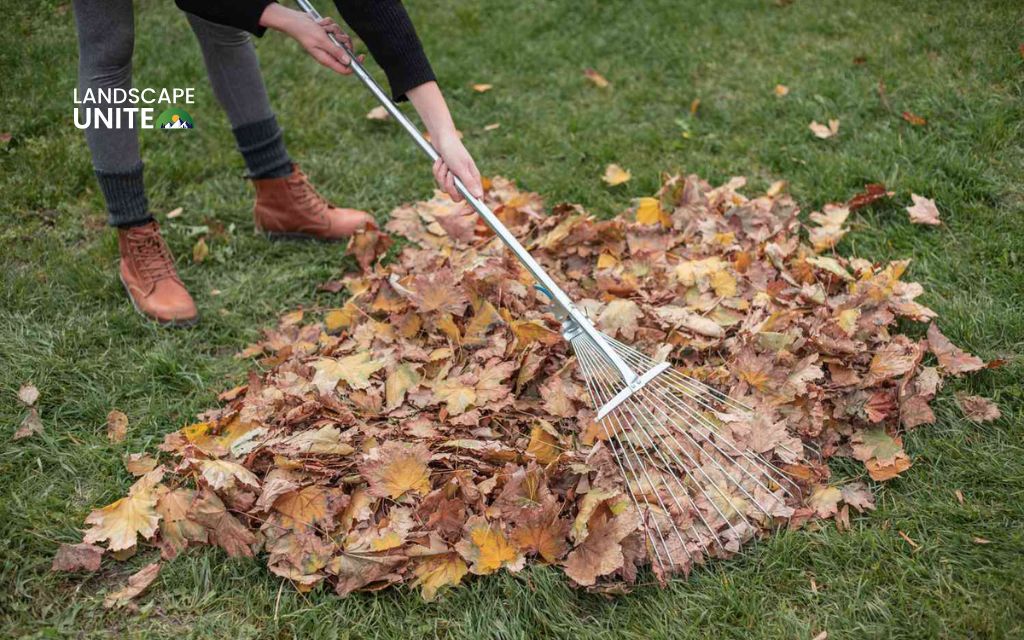
Step 3: Apply mulch to protect roots
Proper mulching provides crucial insulation for plant root systems and crowns during temperature fluctuations.
Add 2–4 inches of organic mulch around the base of perennials, shrubs, and trees.
Deeper mulch may be necessary in extremely cold climates, while lighter applications suffice in moderate zones. Keep mulch several inches away from tree trunks and plant stems to prevent pest problems and moisture issues.
Wait until after the first hard frost to apply mulch. This timing prevents rodents from establishing cozy nesting sites in the mulch before cold weather forces them to find shelter elsewhere.
Step 4: Water before the ground freezes
Adequate soil moisture is crucial for plant survival during winter months, especially for woody plants that continue losing moisture through transpiration.
- Focus on priority plants: Concentrate deep watering efforts on trees, shrubs, and newly planted perennials, as these plants have the most extensive root systems and greatest water needs.
- Provide thorough hydration: Water slowly and deeply to ensure moisture penetrates to the full depth of the root zone.
- Avoid overwatering mistakes: Saturated soil can lead to root rot when temperatures fluctuate around freezing. Well-drained soil with consistent moisture provides optimal conditions for winter survival.
Step 5: Protect vulnerable and tender plants
Sensitive plants require additional protection measures beyond basic mulching to survive harsh winter conditions.
- Use frost blankets, burlap wraps, or cloches to create protective microclimates around sensitive shrubs and tender perennials. These barriers protect against wind damage, temperature fluctuations, and frost damage while allowing air circulation.
- Group container plants together in sheltered locations, preferably against a south-facing wall that receives maximum winter sunshine and provides wind protection.
- Consider installing cold frames or mini greenhouses for herbs, vegetables, or tender perennials you want to keep growing through winter. These structures extend the growing season while providing reliable protection from harsh weather.
Step 6: Late-season fertilizing
Strategic fall fertilization supports root development and cold hardiness without encouraging frost-susceptible new growth.
- Choose appropriate fertilizer types: Use low-nitrogen, high-potassium fertilizers in late fall to promote root health and cold tolerance rather than leaf growth. Potassium helps plants build cellular strength and improves their ability to withstand freezing temperatures.
- Focus on root system development: Late-season fertilization should concentrate on strengthening root systems rather than promoting above-ground growth.
- Timing is critical: Apply winter fertilizers 6-8 weeks before your area’s expected hard frost date. Don’t fertilize too late in the season, as this may stimulate vulnerable new shoots that won’t have time to harden off before winter arrives.
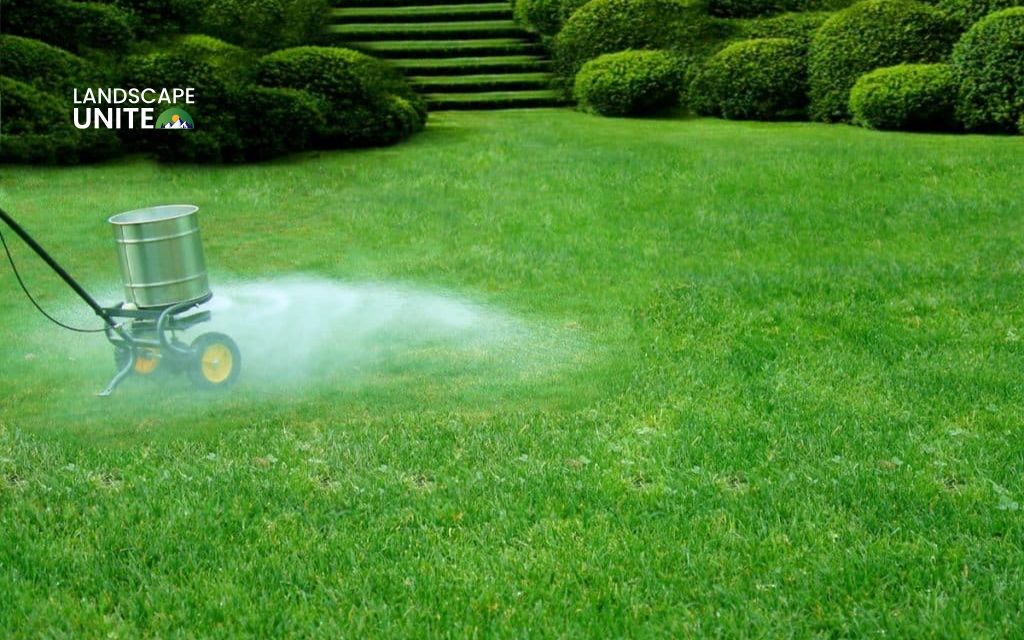
How to winterize container and potted plants
Container plants face unique challenges during winter since pots freeze much faster than ground soil and offer less insulation for root systems.
- Relocate: Move tender container plants indoors, into an unheated shed, or into an unheated garage where temperatures remain above freezing.
- Insulate remaining outdoor container: For pots that must remain outside, wrap containers with insulating materials like bubble wrap, burlap, or straw. Secure insulation with garden twine or specialized plant ties. Focus on protecting the sides and bottom of containers where roots are most vulnerable.
- Improve drainage and air circulation: Raise pots off the ground using bricks, pot feet, or wooden blocks to prevent the bottom from freezing to the surface and to improve drainage.
- Group for protection: Cluster container plants together in the most protected area of your property, such as against a south-facing wall or in a sheltered corner that receives winter sun.
Check out more: How to winterize hibiscus indoors & outdoors to prevent damage this winter?
What NOT to do when winterizing plants
Avoiding common mistakes can prevent more damage than many protection methods can fix.
- Avoid late-season pruning: Don’t prune shrubs and trees late in the growing season, as fresh cuts invite frost damage and stimulate new growth that won’t have time to harden off. Save major pruning for late winter or early spring when plants are fully dormant.
- Don’t apply mulch too early: Premature mulching can create warm pockets that attract pests and delay the natural dormancy process. Wait until after the first hard frost when insects and rodents have moved to their winter shelters.
- Remember plant identification: Don’t forget to label dormant plants clearly so you don’t accidentally disturb or damage them during spring cleanup activities. Many perennials look dead when dormant but will emerge in spring if left undisturbed.
Why should you winterize your plants?
Understanding the benefits of proper winterization motivates consistent application of protective measures.
- Prevent costly freeze damage: Proper protection shields roots, stems, and buds from freezing temperatures that can kill or severely weaken plants. The cost of replacement plants far exceeds the investment in winter protection materials.
- Improve spring performance: Properly winterized plants rebound stronger and bloom faster when growing conditions improve. They’ve conserved energy during dormancy and can focus on vigorous growth rather than recovering from winter damage.
- Support ecosystem health: Winter preparation helps break pest and fungus life cycles while supporting beneficial wildlife that depends on garden plants for food and shelter during harsh weather.
- Build long-term plant health: Consistent winter protection supports stronger root systems, improves drought tolerance, and reduces transplant stress for newly established plants.
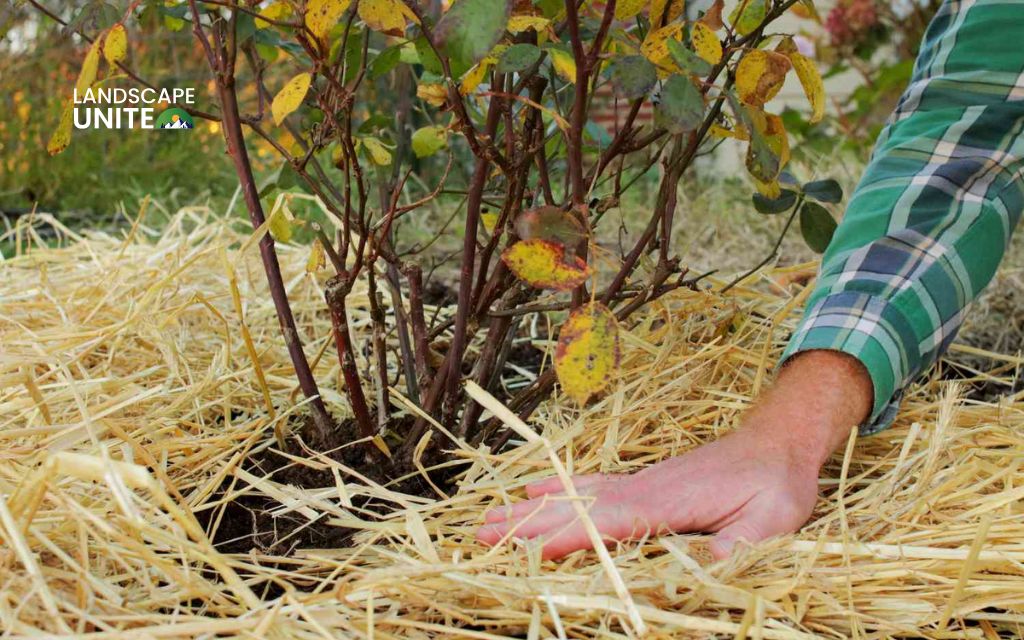
Which plants should be winterized?
Focus your winterization efforts on plants that are most vulnerable to winter damage in your specific climate zone.
| Plant Type | Examples | Description |
| Shallow-rooted Perennials | Hostas, daisies, heuchera, astilbe | These plants have root systems close to the surface, making them vulnerable to freeze-thaw cycles and frost heaving |
| Tender Bulbs & Tubers | Cannas, dahlias, caladiums, gladioli | Non-hardy bulbs that must be dug up and stored indoors or heavily protected in the ground |
| Container Plants | All potted plants, window boxes, hanging baskets | Containers freeze faster than ground soil, making even hardy plants vulnerable when grown in pots |
| Newly Planted Trees/Shrubs | Recently planted specimens (first 2-3 years) | Still establishing root systems and highly sensitive to temperature fluctuations |
| Tropical & Tender Plants | Hibiscus, bougainvillea, citrus trees, geraniums | Plants from warm climates that cannot survive freezing temperatures |
| Exposed Evergreens | Boxwood, rhododendrons, arborvitae in windy areas | Continue losing moisture through winter and need wind protection, especially in dry or exposed locations |
| Tender Herbs | Basil, cilantro, parsley, rosemary | Culinary herbs that are sensitive to frost and benefit from cold frame protection or indoor storage |
Want more guides about winterizing plants? Check out these guides below:
How to protect strawberry plants from winter damage
Winterizing hydrangeas: 6 expert steps for success
How to winterize roses for maximum survival in zones 3–7
6 easy steps to winterize your lawn for a healthier spring
Conclusion
Winterizing your plants doesn’t have to be intimidating when you follow a systematic approach and use proven techniques. With just a few proactive steps taken at the right time, you’ll protect your garden investment and set the stage for a thriving spring garden that exceeds your expectations.
Start your winterization process early in the fall, stay organized with your supplies and plant inventory. The time and effort you invest now will pay dividends throughout the coming growing season.
Learn more about specific plant protection techniques in our extensive garden resource center, where you’ll find expert resources covering everything from tree care to seasonal garden maintenance.
Frequently asked questions (FAQs)
When should I start winterizing my garden?
Begin winterization activities after your area’s first light frost and complete all protection measures before the ground freezes solid. This timing ensures plants have entered dormancy while allowing you to work with unfrozen soil.
Can I leave potted plants outside in winter?
Only if they’re in frost-resistant containers and properly insulated. Even hardy plants may need protection when grown in pots, as containers freeze much faster than ground soil.
Do all perennials need to be cut back for winter?
No. Many perennials benefit from being left standing for winter interest and wildlife support. Research your specific plants before cutting back, as timing affects next year’s bloom performance.
Can I use plastic to cover my plants for winter protection?
No. Plastic traps moisture and can damage plants through condensation and temperature fluctuations. Always use breathable covers like burlap or specialized frost cloth.
Are you supposed to cut back plants for winter?
It depends on the specific plant. Some perennials like hostas and peonies benefit from fall cutting, while ornamental grasses and plants with seed heads should be left standing for winter interest and wildlife value.
